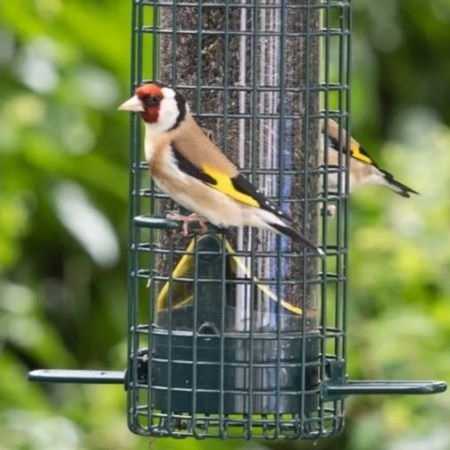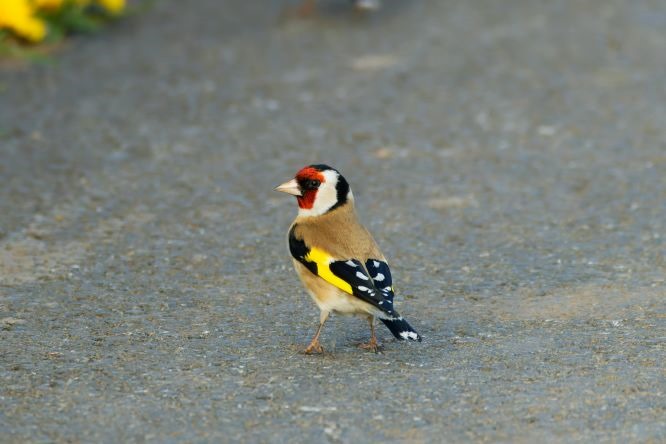
What Do Goldfinches Eat?
Goldfinches are one of the most recognisable and attractive birds you will see in Britain thanks to their bright colours and unique patterns. These striking birds are big seed-eaters and will happily feed on the seeds of small plants all year round using their specially evolved slim, long beaks.
To encourage goldfinches to visit your garden, provide small seeds like niger seeds, as well as tasty treats like sunflower hearts and sunflower seeds. With a little luck, you will be attracting these colourful birds to your garden in no time!
Don’t forget to take advantage of our FREE DELIVERY offer on all purchases that include at least one seed mix.
Choose Your Goldfinch Food
Add a Feeder
About Goldfinches
Provide a good selection of seeds for your local goldfinches if you are hoping to invite them to your garden. While you wait for them to arrive, here are some fun facts about Goldfinches:
- Goldfinches are sociable birds that travel in flocks known as 'charms'. These flocks can sometimes be as large as 1000 birds!
- In the spring and summer, goldfinches also eat insects like aphids, caterpillars and small beatles.
- Goldfinches are known to occasionally decorate their nests with flowers as a way to keep them camouflaged from passing predators.
- In the winter, many UK goldfinches migrate as far as the south of Spain to find food.
- Only male goldfinches inherit the black, white and red head pattern - females tend to have a dull yellow/olive green colouring instead.
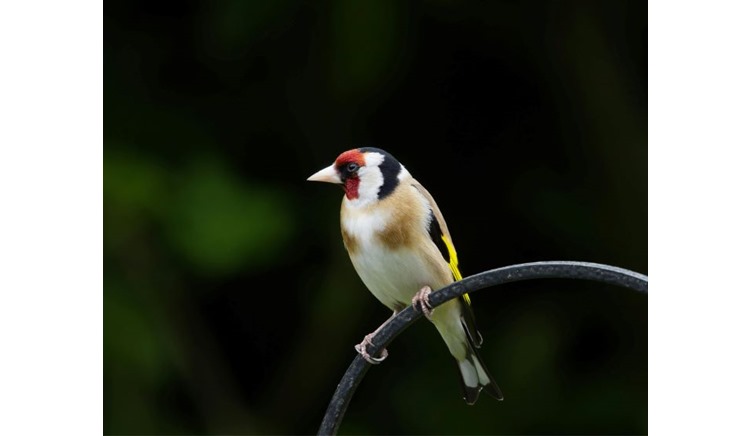

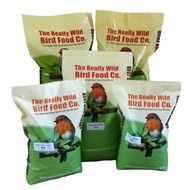

















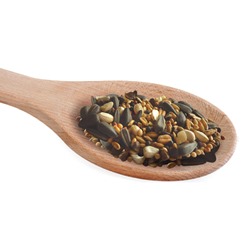






















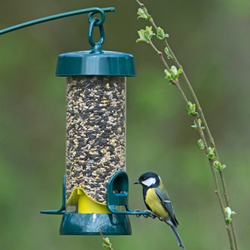
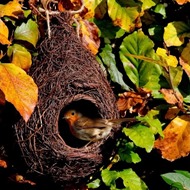












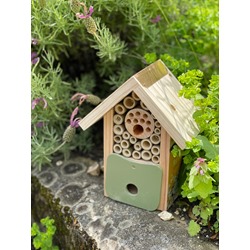












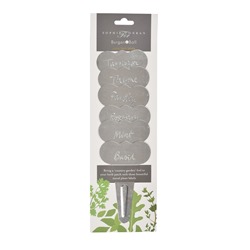

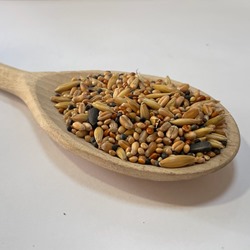




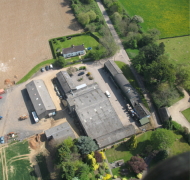

























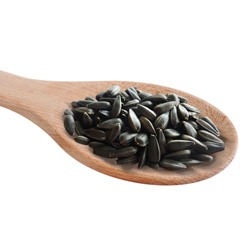 Black Sunflower Seeds
Black Sunflower Seeds 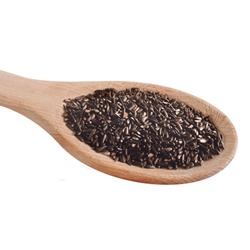 Niger Seed
Niger Seed 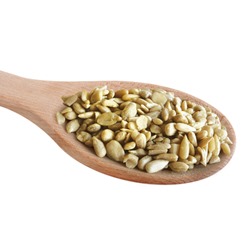 Premium Sunflower Hearts for Birds
Premium Sunflower Hearts for Birds 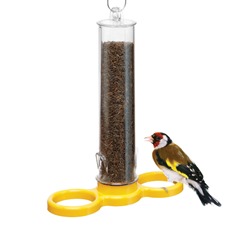 Goldfinch Taster Feeder
Goldfinch Taster Feeder 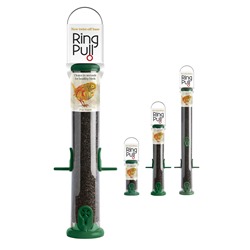 Ring Pull* Plastic Niger Feeders
Ring Pull* Plastic Niger Feeders 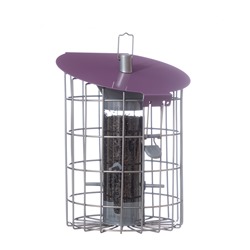 Nuttery Roundhaus Nyjer Feeder
Nuttery Roundhaus Nyjer Feeder 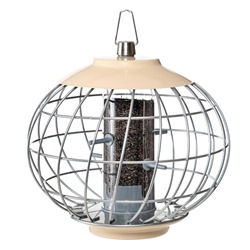 Nuttery Helix Niger Seed Feeder SAVE 10%
Nuttery Helix Niger Seed Feeder SAVE 10% 